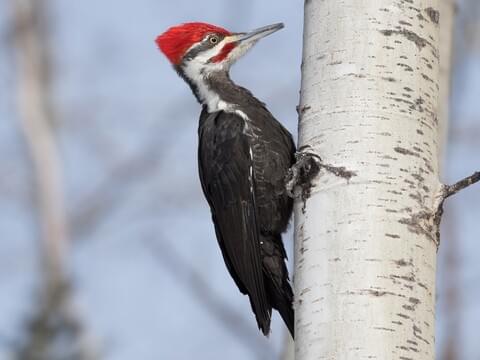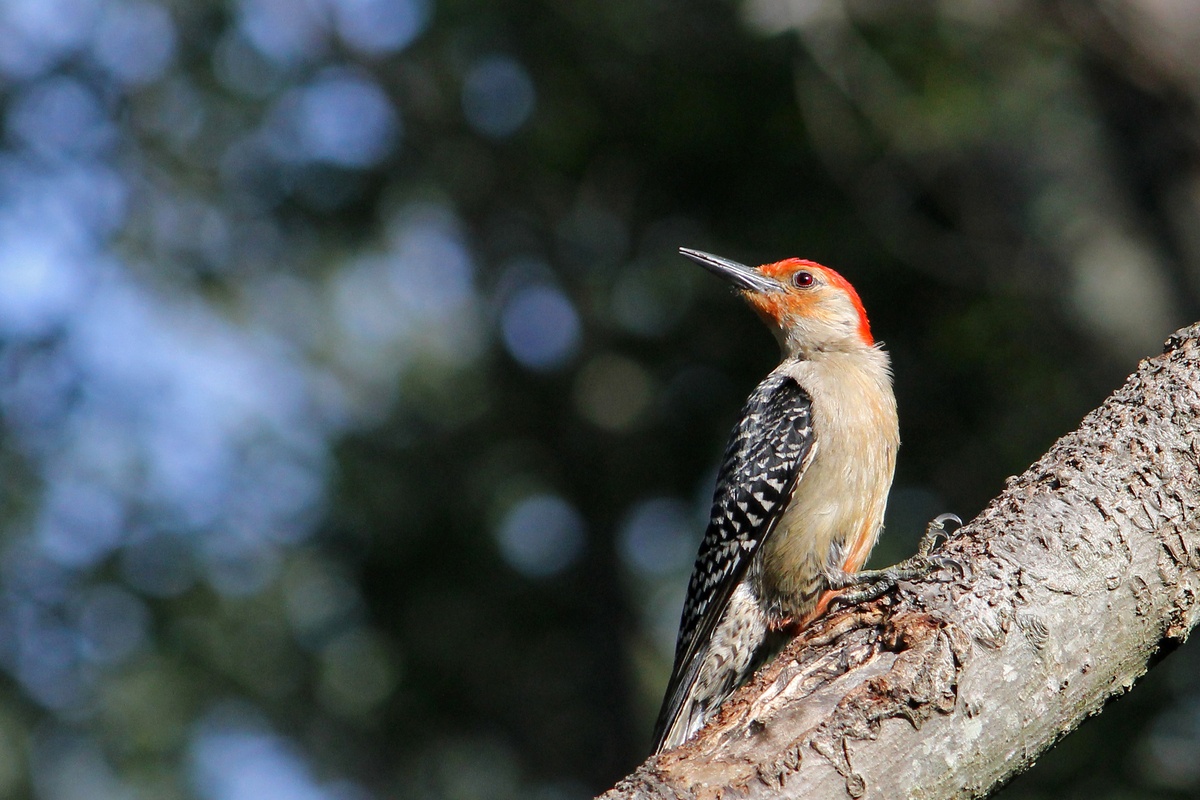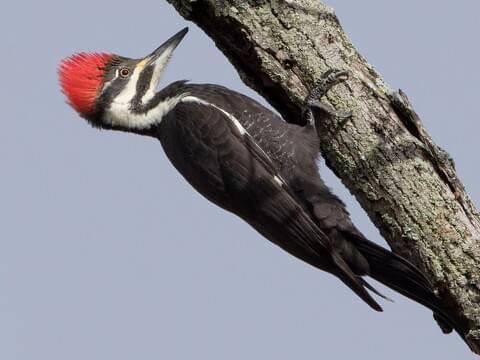Understanding Woodpeckers in Florida: Actions, Variety, and Environments
Wiki Article
Discover the Interesting Globe of Woodpeckers: Every Little Thing You Need to Know
The world of woodpeckers is a realm filled with distinct behaviors, detailed adaptations, and a diverse variety of species. From their environments and circulation patterns to their feeding routines and specialized anatomical functions, woodpeckers have actually long astounded the passion of ornithologists and nature lovers alike.Woodpecker Habitats and Distribution
Woodpeckers inhabit a diverse variety of atmospheres worldwide, showcasing versatility in their circulation patterns. These resistant birds are located in woodlands, timberlands, savannas, and deserts throughout different continents, showing their ability to thrive in different weather problems. In North America, for example, woodpeckers can be spotted in both coniferous and deciduous woodlands, using their solid beaks to forage for pests and develop nesting dental caries in trees. In Africa, certain woodpecker varieties have actually adjusted to dry settings, such as the acacia timberlands, where they play a crucial duty in regulating insect populaces.
Feeding Behaviors and Diet Regimen
Among the numerous aspects of their habits, woodpeckers display unique feeding practices and nutritional preferences. These birds are largely insectivores, with a diet regimen that includes ants, beetles, caterpillars, and various other bugs discovered in trees. Woodpeckers use their strong beaks to drill into the bark of trees, penetrating for pests and larvae concealed underneath the surface. Along with insects, woodpeckers also consume nuts, seeds, fruits, and sap. Some species have specialized tongues with barbed suggestions that assist them draw out pests from holes in timber.Woodpeckers are known for their drumming actions, which offers not only to communicate with various other woodpeckers yet likewise to find food. The rapid drumming audio is developed by the bird pecking on powerful surfaces like dead trees or metal posts. This actions can bring in pests concealed in the wood, enabling the woodpecker to identify their presence and feed official statement upon them.
One-of-a-kind Adaptations for Tree Climbing
In their adept search of pests hidden within tree bark, woodpeckers have progressed remarkable physiological functions that outfit them with special adjustments for efficient tree climbing. One of the key adjustments is their zygodactyl feet, with two toes directing ahead and two pointing in reverse, giving a strong grasp on tree trunks. This specific foot plan allows woodpeckers to stick to upright surfaces easily, enabling them to go up and down trees with dexterity. Additionally, woodpeckers have tight tail feathers that act as an encouraging prop while they climb, helping in balance and security. Their strong, chisel-like beaks are not only used for exploration right into wood yet likewise for gripping onto bark as they rise tree trunks. Additionally, woodpeckers have solid neck muscle mass and an unique head structure that soak up the influence of continuous pecking, allowing them to climb up vertically without triggering injury to their brains. These adaptations showcase the unbelievable transformative design that enables woodpeckers to navigate trees with precision and performance.Diverse Woodpecker Variety Worldwide
With over 200 different varieties spread across numerous habitats worldwide, the household of Picidae incorporates a remarkable variety of woodpeckers. These birds check can be found in woodlands, woodlands, savannas, and even city locations, showcasing their flexibility to various environments. From the renowned Northern learn the facts here now Flicker in The United States And Canada to the colorful and elusive Crimson-backed Flameback in Asia, each woodpecker types shows unique qualities in terms of tuft, actions, and environment choice.Woodpeckers differ significantly in size, with the small Downy Woodpecker determining around 6-7 inches in length, while the powerful Lineated Woodpecker can get to up to 17 inches - Woodpeckers in Florida. Their beaks likewise are available in various forms and dimensions, mirroring their feeding routines. Some species focus on removing pests from tree bark, like the Acorn Woodpecker, while others, such as the Black-cheeked Woodpecker, eat fruits and seeds

Preservation Efforts and Difficulties
Conservation efforts for woodpecker populations are essential in alleviating the influence of habitat loss and various other hazards dealing with these diverse avian types. Woodpeckers encounter numerous challenges to their survival, mainly as a result of deforestation, urbanization, climate modification, and intrusive species. To deal with these problems, preservation initiatives focus on shielding and bring back woodpecker habitats, executing lasting forestry practices, and increasing recognition concerning the relevance of these birds in ecological communities.One considerable difficulty in woodpecker conservation is the fragmentation of their environments, causing isolated populations that are extra prone to extinction - Woodpeckers in Florida. Preservationists function to create wild animals corridors and shielded areas that link these fragmented habitats, permitting woodpeckers to move between various locations for feeding, reproducing, and shelter

Final Thought
In verdict, woodpeckers are remarkable birds with distinct adaptations for tree climbing and feeding behaviors. Further research and preservation activities are required to make certain the survival of woodpeckers in the wild.Report this wiki page